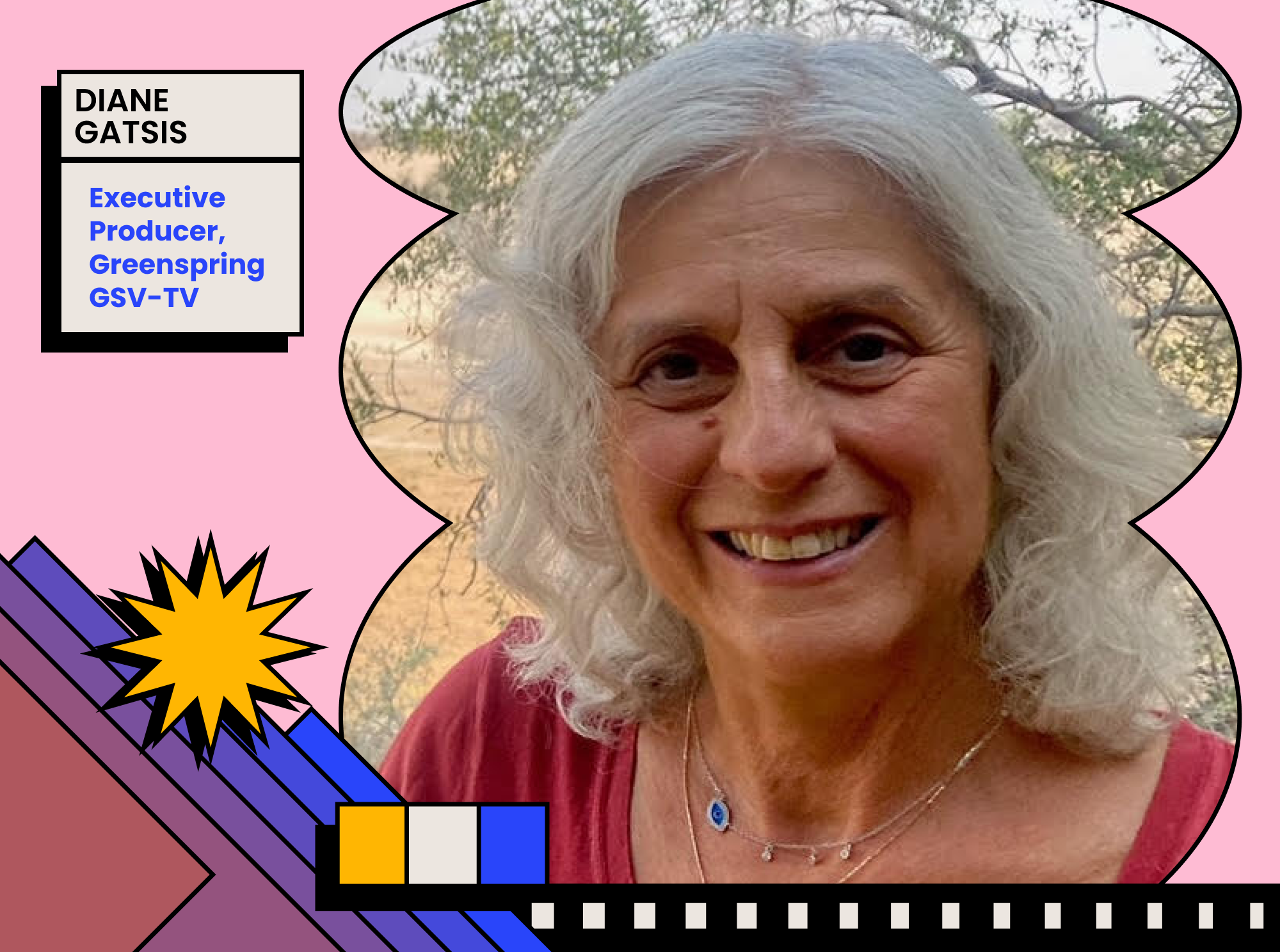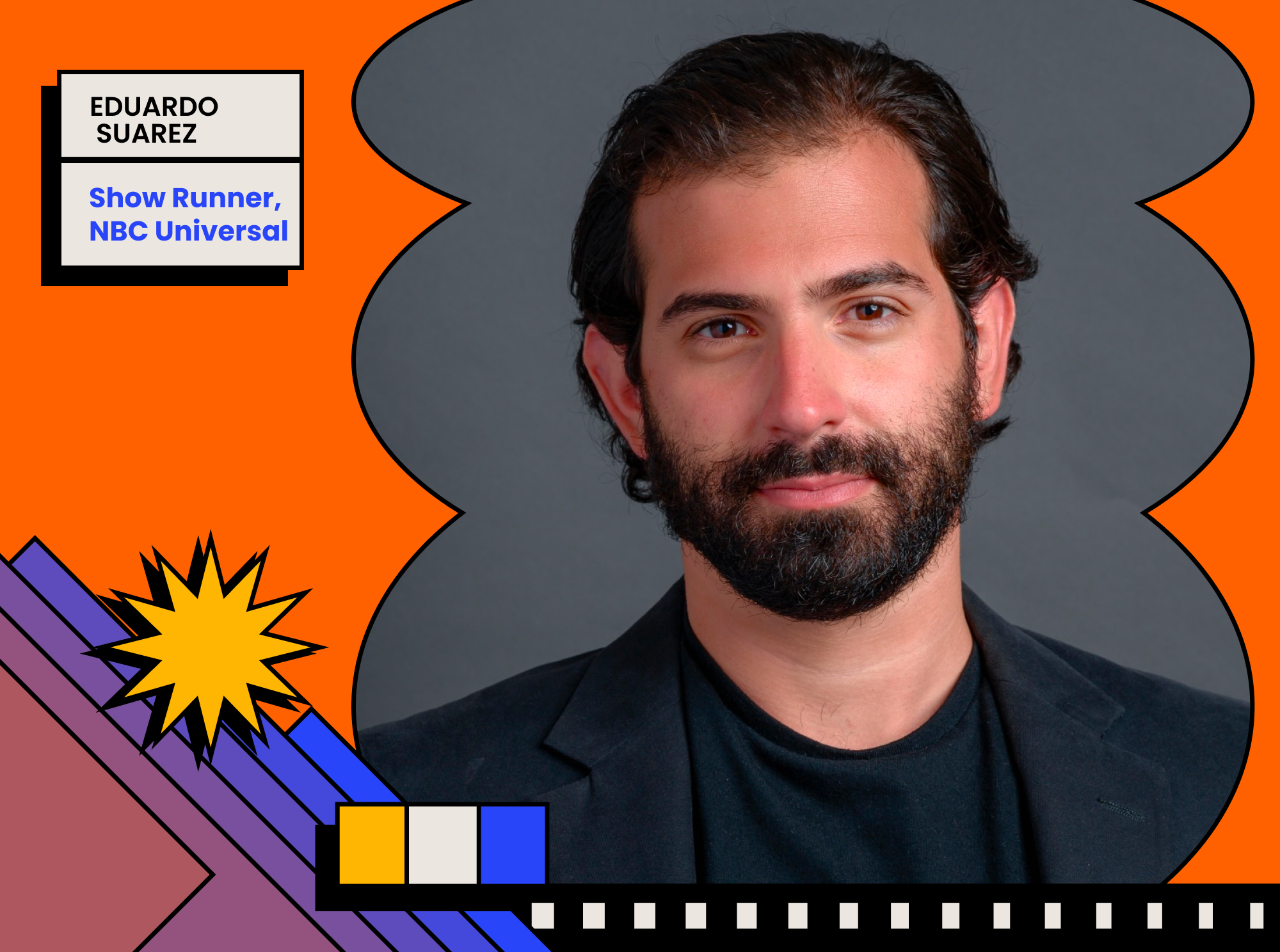Andy Rowan-Robinson is Creative Director and Head of CG for the Integrated Advertising team at Framestore‘s New York studio. Originally joining the team as part of its film department, the last 15 years at Framestore have seen Andy’s passion develop across embracing innovative storytelling, leveraging new technologies and techniques, and fostering a culture of experimentation amongst his team.
He is the creative force behind some of Framestore’s most notable campaigns, including the award-winning Absolut ‘One Night’ spot alongside BBH, as well as creative lead on Framestore’s longtime work for the legendary GEICO Gecko. In addition to recently directing a series of Gecko spots, he has also flexed his directorial experience for a joint campaign for Visa and Chase Bank.
He has also lent his experience and leadership to Framestore’s VR Studio for Game of Thrones ‘Ascend the Wall’ and ‘Defend the Wall’ experiences, GE’s ‘Nature of Industry’ and ‘Volvo Reality,’ and the award-winning VR component of Fantastic Beasts and Where To Find Them.
Andy has worked on household name brand clients like Nissan, Nintendo, DirecTV, Mercedes, and Pepsi, and claims film credits like Underdog, Narnia: Prince Caspian, Wanted, as well as the Best Achievement in VFX Oscar Award for The Golden Compass.
What video/television piece inspired you recently?
Whatever the latest hit Netflix or HBO documentary is. Like everyone else, I’ve been on somewhat of a binge lately. The new wave of these documentaries are so cinematic, well edited and the characters so carefully built — it’s really inspiring storytelling.
But it goes further than the documentaries themselves, I really like these shows for the avenues of thinking and further research that, when done well, they encourage. What starts with a quick Google of a place or character, after a few page clicks can end up opening a whole new world of ideas you didn’t know existed.
Tim’s Vermeer, for example, is an older documentary that opened up a whole rabbit warren of research and exploration for me, mainly concentrating on David Hockney’s ideas on how lenses have shaped the way we judge what is real.
What is the most exciting for you at this moment within your industry?
I started out making CGI creatures for film and TV, both of which required large budgets given the powerful computers and expensive machines required for processing data.
Now, CG has been democratized and demand has grown — not only is it much easier to make, but the means are more accessible to anyone. Demand no longer stops with TV or the Silver Screen, our phones have become a primary target, from placing AR furniture in our living rooms, to interactive CG images of sneakers. Interest is exploding for the inclusion of products on Amazon pages, webpages, displays at live events or in a VR headset, as well as various forms of virtual production.
We’re now only limited by the ideas of the artist creating it (and like any creative, the time it takes to refine and iterate those ideas). We don’t need cameras, power hungry lights or sets that physically exist, we can make anything for any display, and audiences are more hungry for it than ever.
What is the one thing the Telly Awards community should know about you?
I’m probably one of the few CG artists that didn’t pursue CG because they watched Star Wars as a kid. Although my career is built upon producing images with computers, my heart and the foundation of my work comes from old-fashioned analogue drawing with a pencil or oil painting. I see computers as a tool to use alongside other art forms.
What is a piece of work you are most proud to have worked on?
I’d have to say the GEICO Gecko. I have a long history with this character, starting as a CG Artist on the projects and later moving onto creatively directing our work with him at Framestore. Recently, I’ve even had the fantastic opportunity to direct some spots.
I love the humanity that we are able to pull from his eyes within his performance, and how we’re so fortunate to be the custodians of a true advertising icon.
How has your work changed this year as a result of the unpredictable 2020 landscape?
At a time when live shooting has been largely put on hold, we’ve fortunately been able to continue working. Many of the projects I’m on currently are full CGI pieces (although some are designed to look as if they were shot through camera), so it’s been a great challenge adjusting our workflows to situations that we’d normally have relied on shooting plates for.
Working from home was initially a challenge, but it soon showed a new way of working that has advantages we can all take forward into the future. I believe opening up remote working to our industry and others has been a big positive.
Alongside the democratization of the technology for creating great work, remote working is lowering the barriers for entry for teams of artists to join together and flex their creative muscles — whether for commercial projects or art.





